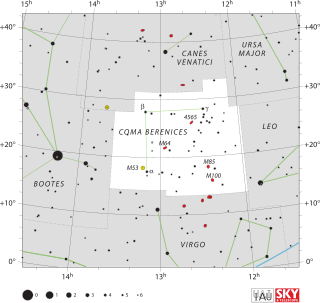
Coma Berenices is an ancient asterism in the northern sky, which has been defined as one of the 88 modern constellations. It is in the direction of the fourth galactic quadrant, between Leo and Boötes, and it is visible in both hemispheres. Its name means "Berenice's Hair" in Latin and refers to Queen Berenice II of Egypt, who sacrificed her long hair as a votive offering. It was introduced to Western astronomy during the third century BC by Conon of Samos and was further corroborated as a constellation by Gerardus Mercator and Tycho Brahe. It is the only modern constellation named for a historic person.

NGC 4394 is a SBb barred spiral galaxy in the constellation Coma Berenices and is situated about 39.5 million light-years from Earth. It was discovered on 14 March 1784 by the German–British astronomer William Herschel. It is a presumed companion to the lenticular galaxy M85 / NGC 4382, which lies 8 arc minutes away. It is also a member of the Virgo Cluster.
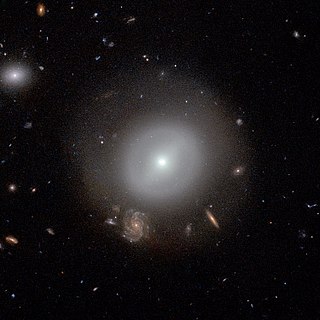
LEDA 83677 is a lenticular galaxy located about 290 million light-years away in the constellation Coma Berenices. It is a member of the Coma cluster of galaxies. LEDA 83677 is also classified as a type 1 Seyfert galaxy. The core of the galaxy is emitting high-energy X-rays and ultraviolet light, probably caused by a massive black hole lurking in the core.
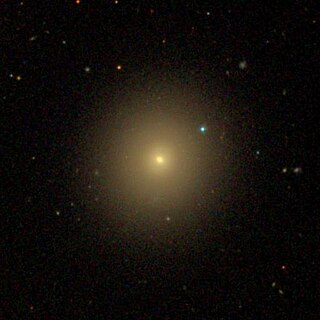
NGC 4489 is a dwarf elliptical galaxy located about 60 million light-years away in the constellation of Coma Berenices. It was discovered by astronomer William Herschel on March 21, 1784. NGC 4489 is a member of the Virgo Cluster.
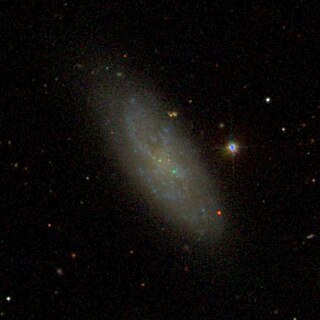
NGC 4633 is a spiral galaxy located about 70 million light-years away in the constellation of Coma Berenices. It is interacting with the nearby galaxy NGC 4634. NGC 4633 was discovered by astronomer Edward D. Swift on April 27, 1887. It was rediscovered on November 23, 1900, by astronomer Arnold Schwassmann and was later listed as IC 3688. NGC 4633 is a member of the Virgo Cluster.

NGC 4540 is a spiral galaxy with type 1 Seyfert activity located about 64 million light-years away in the constellation Coma Berenices. NGC 4540 was discovered by astronomer William Herschel on March 21, 1784 and is a member of the Virgo Cluster.
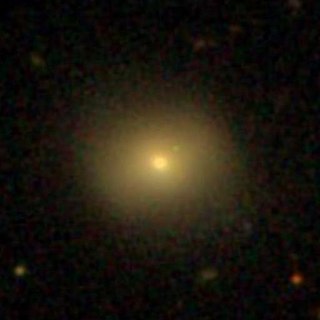
NGC 4883 is a barred lenticular galaxy located about 315 million light-years away in the constellation Coma Berenices. NGC 4883 was discovered by astronomer Heinrich d'Arrest on April 22, 1865. It is a member of the Coma Cluster.
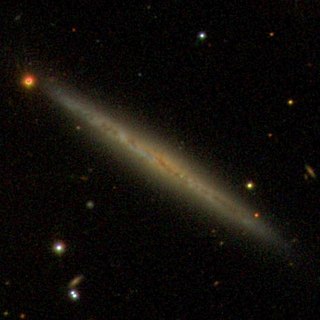
NGC 4222 is an edge-on spiral galaxy located about 60 million light-years away in the constellation Coma Berenices. It was discovered by astronomer William Herschel on April 8, 1784 and is often misidentified as IC 3087. NGC 4222 is a member of the Virgo Cluster and is a companion of NGC 4216 which lies about 180,000 ly (56 kpc) away. Despite this, the two galaxies are not interacting.
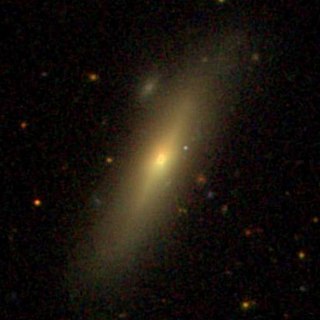
NGC 4895 is a lenticular galaxy located 330 million light-years away in the constellation Coma Berenices. The galaxy was discovered by astronomer Heinrich d'Arrest on May 5, 1864 and is a member of the Coma Cluster.

NGC 4359 is a dwarf barred spiral galaxy seen edge-on that is about 56 million light-years away in the constellation Coma Berenices. It was discovered by astronomer William Herschel on March 20, 1787. It is a member of the NGC 4274 Group, which is part of the Coma I Group or Cloud.

NGC 4393 is a spiral galaxy about 46 million light-years away in the constellation Coma Berenices. It was discovered by astronomer William Herschel on April 11, 1785. It is a member of the NGC 4274 Group, which is part of the Coma I Group or Cloud.

IC 4141 is a spiral galaxy in the constellation of Coma Berenices. The galaxy is located 900 million light-years away from Earth. Discovered in 1904 by German astronomer Max Wolf, it measures 255,000 light-years across in diameter. With a radial velocity of 19,000 kilometers per second, it is slowly drifting from the Solar System.

IC 3505 is a barred spiral galaxy located 640 million light-years away from the Solar System in the Coma Berenices constellation. With an apparent size of 0.95 by 0.35 arcmin, IC 3505 has an estimated diameter of 170,000 light-years, making it slightly larger compared to the Milky Way. It is categorized as a LINER galaxy with an active galactic nucleus emitting weak emission-lines.

IC 831 is a type E-S0 elliptical galaxy located 300 million light-years away from the Solar System in the constellation of Coma Berenices. It is estimated to be 60,000 light-years in diameter and was first discovered on 25 February 1892 by Rudolf Spitaler, an Austrian astronomer. It is not known whether it has an active galactic nucleus.

IC 4040 is a type SABc spiral galaxy with a bar in Coma Berenices. It is located 353 million light-years away from the Solar System and has an estimated diameter of 105,000 light-years making it slightly larger than the Milky Way. IC 4040 was discovered on April 12, 1891, by Guillaume Bigourdan and is a member of the Coma Cluster.

IC 4026 is a lenticular galaxy located in Coma Berenices. It is located 315 million light-years away from the Solar System and has an approximate diameter of 70,000 light-years which is less the size of the Milky Way. IC 4026 was discovered on May 11, 1896, by astronomer Hermann Kobold and is a member of the Coma Cluster. It has a surface brightness of 11.99 mag/arcsecs meaning it is a high surface brightness galaxy.

IC 2628 is a type SBa barred spiral galaxy with a ring located in Leo constellation. It is located 600 million light-years from the Solar System and has an approximate diameter of 135,000 light-years. IC 2628 was discovered on March 27, 1906, by Max Wolf and is classified as a ring galaxy due to its peculiar appearance. The galaxy has a surface brightness of magnitude 23.8 and located at right ascension (11:11:37.8) and declination (+12:07:21) respectively.

IC 1166 are a pair of galaxies in the Corona Borealis constellation comprising IC 1166 NED01 and IC 1166 NED02. They are located 977 million light-years from the Solar System and were discovered on July 28, 1892, by Stephane Javelle.

IC 1185 is a type Sab spiral galaxy located in Hercules. It is located 420 million light-years from the Solar System and has an approximate diameter of 115,000 light-years. IC 1185 was discovered on June 8, 1888, by astronomer Guillaume Bigourdan and is a member of the Hercules Cluster. IC 1185 has a surface brightness of magnitude 22.7 and presents a double nucleus, which might represent a late stage of galaxy merger.

IC 3622 also known as PGC 3793395, is a large barred spiral galaxy located in constellation Coma Berenices. It is located 980 million light-years from the Solar System and has a diameter of 175,000 light-years. IC 3622 was discovered by Royal Harwood Frost on May 7, 1904.




















